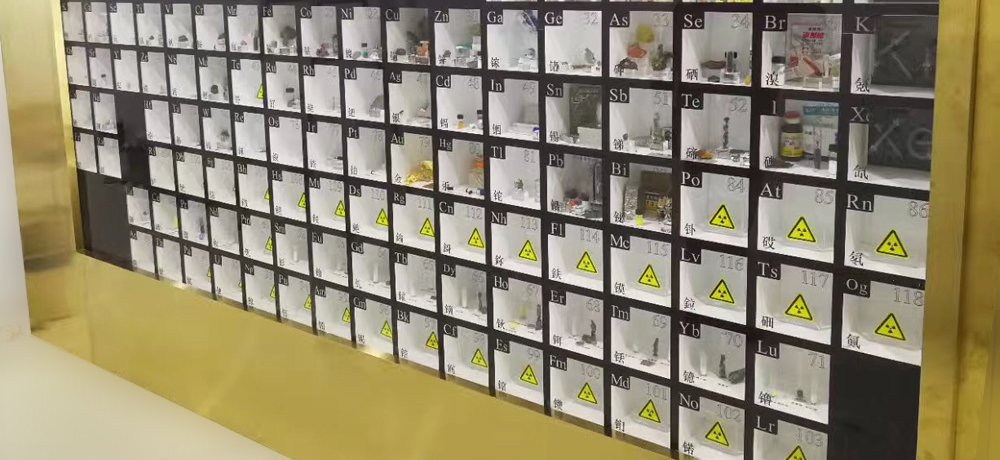actinide series encompasses the 15 metallic
The actinide series encompasses the 15 metallic chemical elements with atomic numbers from 89 to 103, actinium through lawrencium.
Strictly speaking, both actinium and lawrencium have been labeled as group 3 elements, but both elements are often included in any general discussion of the chemistry of the actinide elements. Actinium is the more often omitted of the two, because its placement as a group 3 element is somewhat more common in texts and for semantic reasons: since “actinide” means “like actinium”, it has been argued that actinium cannot logically be a actinide, even though IUPAC acknowledges its inclusion based on common usage.
Actinides

Actinium89Ac Thorium90Th Protactinium91Pa Uranium92U Neptunium93Np Plutonium94Pu Americium95Am Curium96Cm Berkelium97Bk Californium98Cf Einsteinium99Es Fermium100Fm Mendelevium101Md Nobelium102No Lawrencium103Lr
The actinide series derives its name from the first element in the series, actinium. The informal chemical symbol An is used in general discussions of actinide chemistry to refer to any actinide. All but one of the actinides are f-block elements, with the exception being either actinium or lawrencium. The series mostly corresponds to the filling of the 5f electron shell, although actinium and thorium lack any f-electrons, and curium and lawrencium have the same number as the proceeding element. In comparison with the lanthanides, also mostly f-block elements, the actinides show much more variable valence. They all have very large atomic and ionic radii and exhibit an unusually large range of physical properties. While actinium and the late actinides (from americium onwards) behave similarly to the lanthanides, the elements thorium throug.
